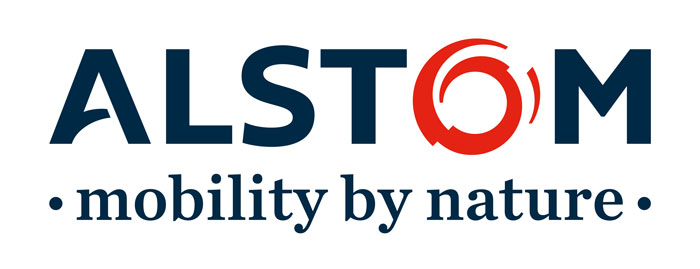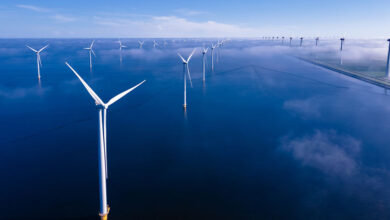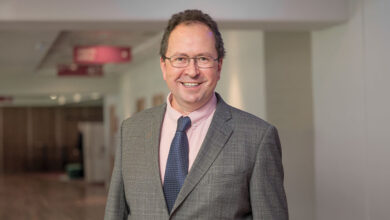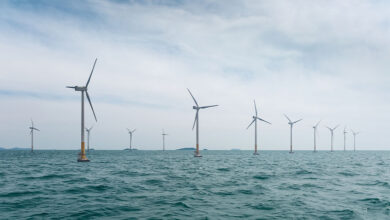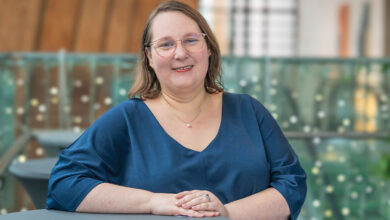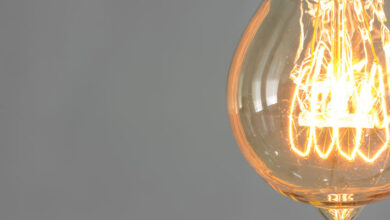Green propulsion: The rail alternative to fight global warming
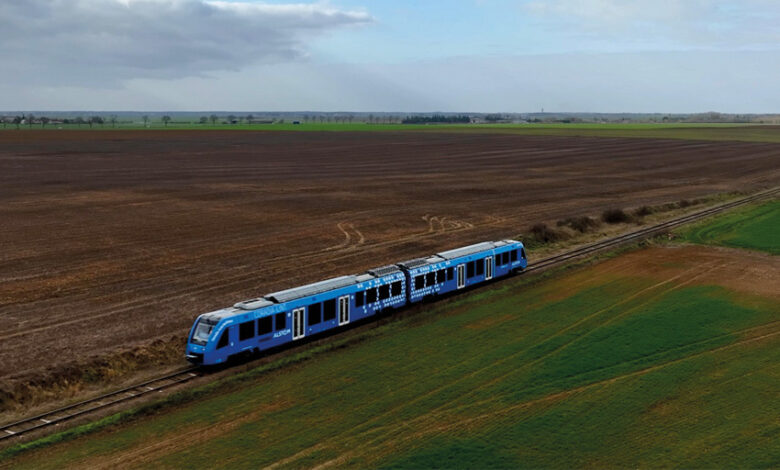
The situation is clear; the world is experiencing a climate emergency where reducing greenhouse gas emissions is critical to meet the 2015 Paris Agreement targets. The rail industry has a key role to play in this transition. Providing alternative solutions to fossil fuels and further developing the ecological performance of railway systems is a key part of Alstom’s mission.
Indeed, the Dublin Metropolitan Area requires the bus and commuter rail fleet to be 100 per cent electric and zero-emission by 2035. Furthermore the transport sector must meet its sectoral emissions ceiling and contribute to the delivery of a 51 per cent cut in economy wide emissions by 2030. We also need to remember that we should first “avoid” spending energy, so energy efficiency will be key. It is not only about decarbonisation, it is also about reducing our energy consumption which is a very scarce resource and thus expensive.
Alstom leadership in the hydrogen train market
The UK and Ireland’s leading train manufacturer and maintenance provider, Alstom has been the first company worldwide in 2016 to introduce a new regional train based on hydrogen fuel cells and batteries. Alstom has the ambitious goal of using this technology to replace a large part of the current market for diesel trains in Europe.
Hydrogen as the energy source of the future
Electrification, hydrogen and battery technologies and solutions will play an important role in our global vision of the future. Alstom’s aim is to position these technologies as strategic factors in the energy transition, as we are convinced that they will bring about the change in road and rail transport – towards a clean and ultimately emission-free energy system. Different non-competing options exist depending on the usage case: full electrification (high capital cost but high efficiency), hydrogen (high autonomy but lower efficiency), batteries (low autonomy but high efficiency) and partial electrification. All these need to be considered in the round. Indeed Irish Rail have already ordered 31 battery trains that can run on non-electrified lines.
Alstom offers multiple solutions of green mobility solutions for non-electrified networks: Bi-mode (diesel and catenary), battery (BEMU – battery electric multiple units ) and hydrogen (FCMU – fuel cell multiple units). For example in Ireland Alstom will provide the most sustainable fleet of trains in Irish transport history. The company has signed a ten-year framework agreement with Iarnród Éireann/Irish Rail (IE) for up to 750 new X’trapolis commuter rail cars for Ireland’s DART (Dublin Area Rapid Transit) network.
Commenting at the signing ceremony, Alstom Managing Director, UK and Ireland, Nick Crossfield said “Alstom is delighted to have been selected to deliver the new DART+ fleet. Ireland is a very important market to us, and the new electric and battery-electric X’trapolis fleet is a big step for making rail even more sustainable while transforming the passenger experience in the Greater Dublin area and beyond, This order reinforces Alstom’s position as the world’s leading innovator and supplier of green mobility technologies.”
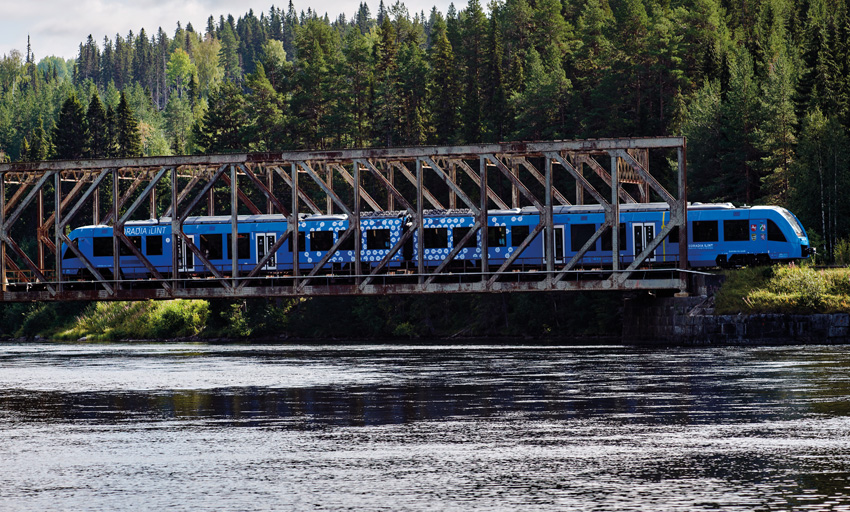
“On longer and less intensely trafficked routes, using hydrogen fuel cells provides a viable, zero emission, and cost-effective alternative to the capital costs of electrification.”
Battery technology is particularly well suited to extend or fill gaps on routes that are electrified with overhead catenary, as is the case with DART+. On longer and less intensely trafficked routes, using hydrogen fuel cells provides a viable, zero emission, and cost-effective alternative to the capital costs of electrification.
It was at InnoTrans 2016 in Berlin that Alstom presented the Coradia iLint™ for the first time. The launch of the CO2-emission-free regional train positioned Alstom as the first railway manufacturer in the world to develop a passenger train based on hydrogen technology. Just two years later, in 2018, the iLint™ entered into commercial service in Germany.
The Coradia iLint™ is the world’s first passenger train powered by a hydrogen fuel cell which produces electrical power for traction. It is unique for its combination of different innovative elements: clean energy conversion, flexible energy storage in batteries, and smart management of traction power and available energy.
Specifically designed for non-or partially electrified lines, the Coradia iLint™ enables clean, sustainable train operation while ensuring high levels of performance. It can cover ranges up to 1,000 kilometres, and in September 2022 set a new record of 1,174km. For a range below 100km, battery trains are more appropriate, and Alstom now has both solutions in its portfolio.
How does a fuel cell work?
The hydrogen fuel cell produces electrical power for traction. The fuel cell supplies electrical energy by combining hydrogen, which is stored in tanks on board, and oxygen from the outside air. Hydrogen trains are 100 per cent CO2 emission-free and the only exhaust is water. The generated heat is used for air conditioning.
H2 trains are already a commercial reality for Alstom: Alstom has signed four contracts for hydrogen fuel cell powered trains. The first one was for 14 trains in the German region of Lower Saxony in 2017. The second one, also in Germany, for 27 trains to the Frankfurt metropolitan area. In 2020, we sold six trains with an option for eight to FNM in Italy and in 2021, SNCF Voyageurs has placed an order with Alstom for the first 12 dual mode electric-hydrogen trains (plus two optional trainsets) in the Coradia Polyvalent range for Régiolis.
Still, electric trains are not always a fit since 46 per cent of the network in Europe is not electrified and sometimes overhead line electrification represents a too significant investment for customers, especially for low density lines. Until now, diesel trains were used for those non electrified lines.
Alstom acknowledges its responsibilities to further decarbonise mobility and meet the acceleration of sustainability and green mobility need all over the world. We are the only rail player that today offers the entire scope of green traction solutions, and our regional train powered by hydrogen fuel cells is now in successful passenger operation on a daily basis.
T: 01 461 4922
E: kathryn.lancaster@alstomgroup.com
W: www.alstom.com
